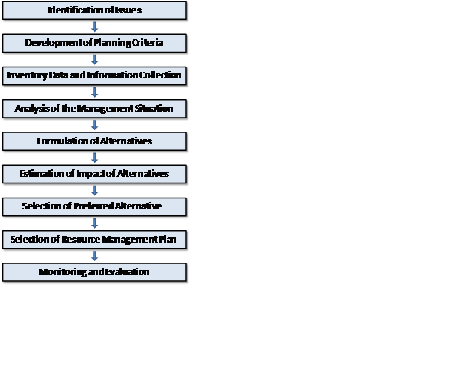Figure 1-2 illustrates the planning process BLM uses to develop and revise RMPs, as required by 43 CFR 1600 and planning program guidance in BLM Handbook H-1601-1, Land Use Planning Handbook (BLM 2005b). The planning process is designed to help the BLM identify the uses of BLM-administered lands the public desires and to consider these uses to the extent they would be consistent with Congressional laws and Executive Branch policies.
As shown in Figure 1-2, the planning process is issue driven. The BLM utilized the public scoping process (Identification of Issues) to identify planning issues to drive the revision of the existing plans (BLM 2009h). The BLM also used the scoping process to introduce the public to preliminary planning criteria (Development of Planning Criteria), which set limits to the scope of the Bighorn Basin RMP Revision Project.
As appropriate, the BLM collected data to address planning issues and to fill data gaps identified during public scoping (Inventory Data and Information Collection). Using these data, the planning issues, and the planning criteria, the BLM prepared a summary of the AMS to describe current management and identify management opportunities to address the planning issues (Analysis of the Management Situation). Current management reflects management under existing plans and management that would continue if the BLM selected the No Action Alternative.
| Results of the first steps of the planning process clarified the purpose and need and identified key planning issues the Bighorn Basin RMP Revision Project needs to address. Key planning issues reflect the focus of the Bighorn Basin RMP Revision Project; the Planning Issues section of this chapter describes key planning issues in more detail. |
Source: 43 Code of Federal Regulations 1610.4 |
| During alternatives formulation, the BLM collaborated with cooperating agencies to identify goals and objectives (desired outcomes) for resources and resource uses in the Planning Area (Formulation of Alternatives). Constrained by the planning criteria, these desired outcomes addressed the key planning issues and incorporated the management opportunities the BLM identified. | |
| The BLM filled in the details of alternatives through the development of management actions and allowable uses anticipated to achieve the desired outcomes. The alternatives represent a reasonable range for managing resources and resource uses in the Planning Area. Chapter 2 of this RMP and EIS describes and summarizes the four (A, B, C, and D) alternatives. |
Chapter 4 (Estimation of Impacts of Alternatives) of this RMP and EIS includes an analysis of the impacts of each alternative. With input from cooperating agencies and BLM specialists, and considering planning issues, planning criteria, public input, and the impacts of alternatives A through C, the BLM selected Alternative D as the Agency Preferred Alternative (Selection of Preferred Alternative).
The BLM will select the Proposed RMP and prepare a Final EIS following receipt and consideration of public comments on the Draft RMP and Draft EIS (Selection of Resource Management Plan). Monitoring and evaluation will occur when the selected RMP is being implemented (Monitoring and Evaluation). After the BLM selects the RMP and each field office issues a ROD, the BLM will implement the decisions in the RMP and monitor and evaluate RMP decisions, how they have been implemented, and whether they accomplish the desired outcomes identified in the RMP. On a 5-year cycle, the BLM will report the results of monitoring and evaluation to the public. These cyclical evaluations will ensure accountability for implementing RMP decisions and will enable the BLM to propose amendments or revisions to RMP decisions that might be necessary or desirable. Appendix C provides an overview of the Bighorn Basin monitoring and evaluation protocol.
